The pictures show the powermeter unit (powermeter as well as measuring unit permanently glued to crank). The measuring unit in the pictures is fixed with a rubber band, this will be omitted in future designs. The pictures also show the charging unit, a debug unit which can be attached between measuring unit and powermeter unit (for firmware updates and sniffing data) as well as a tool for calibrating the measuring unit with known weights.
Currently, calibration and comparison with my Elite Kura smart trainer as well as Garmin Vector 2s is ongoing. Comparison charts and further details coming soon.
 rock-o-mat
rock-o-mat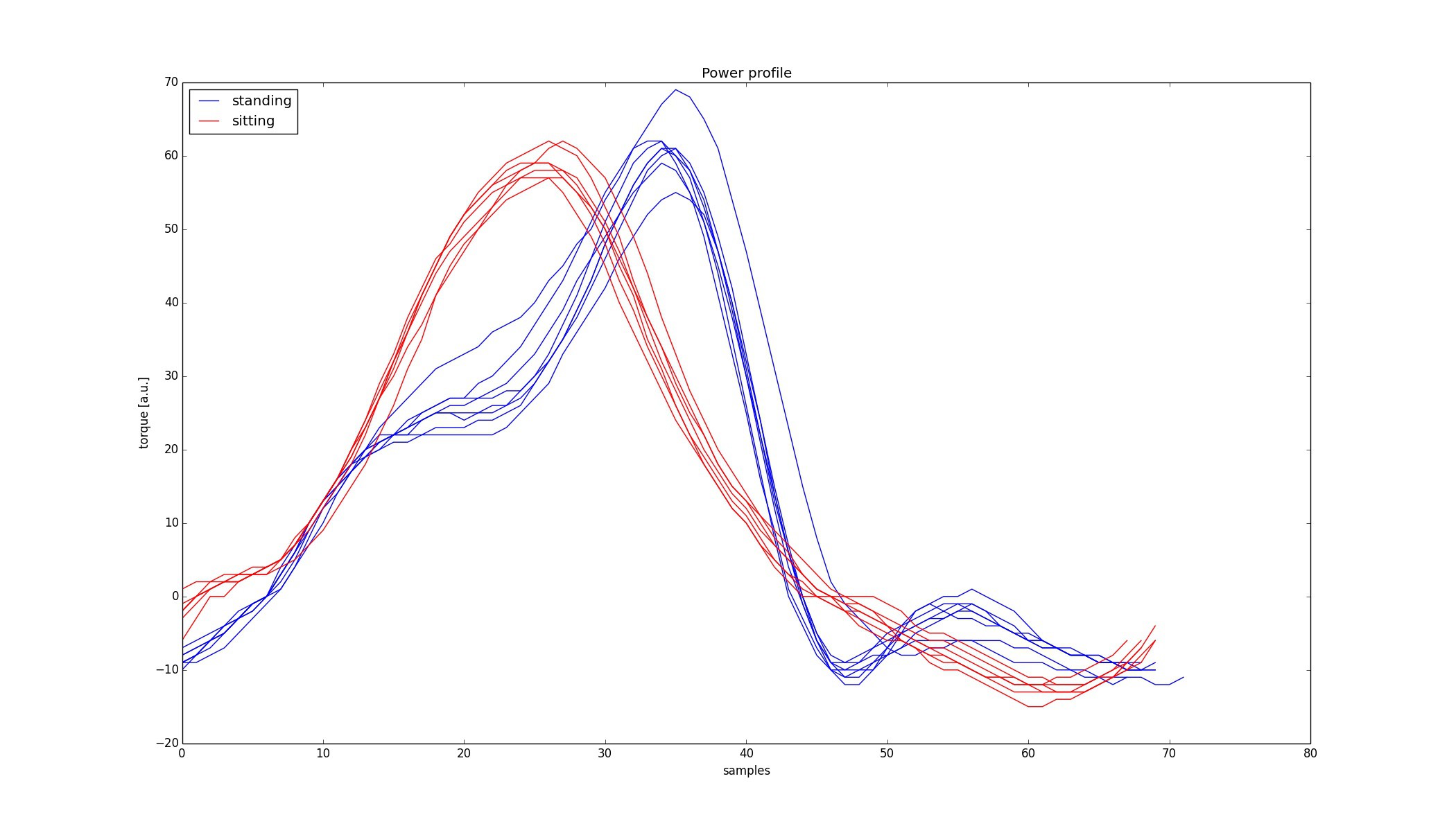

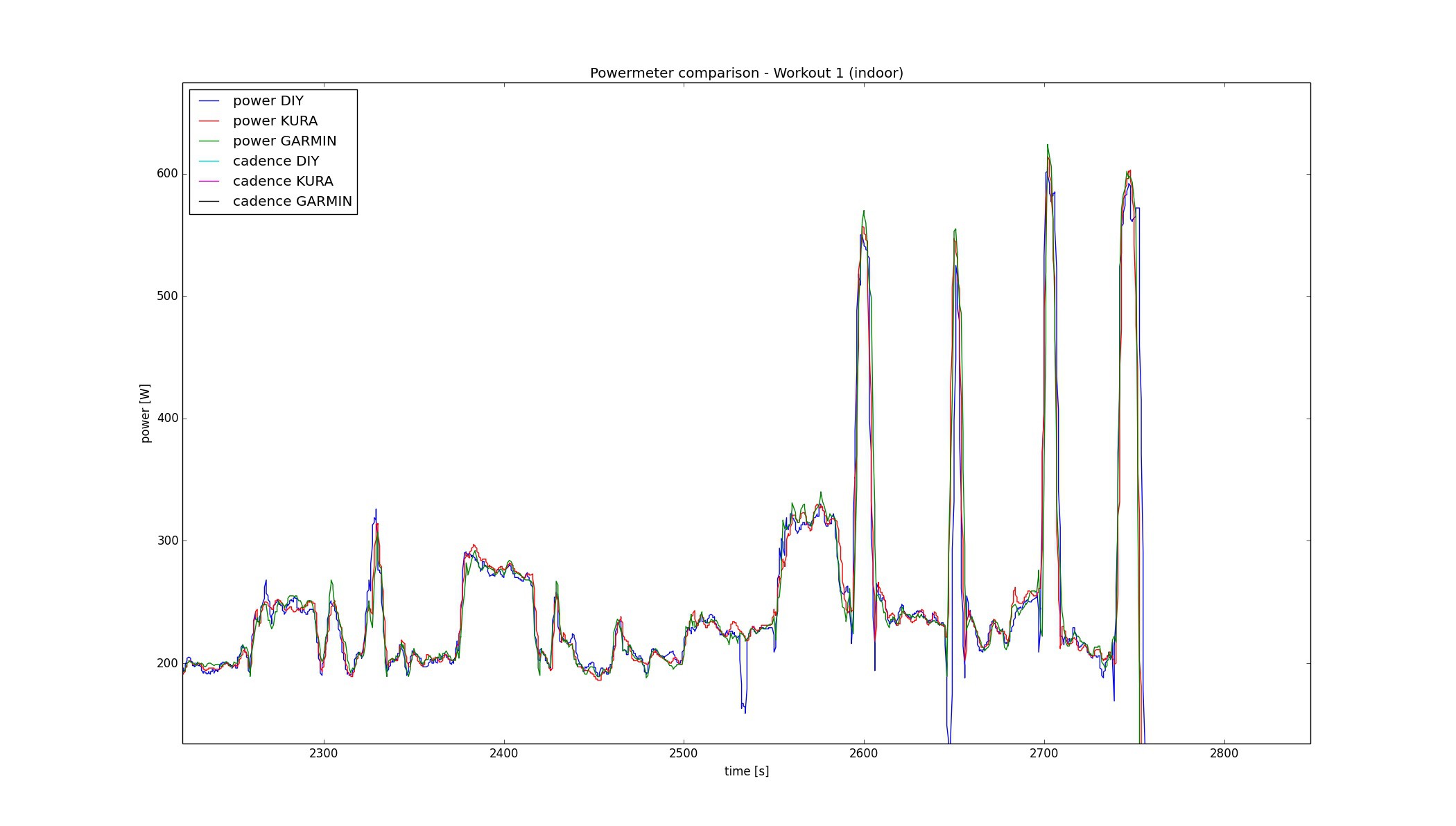




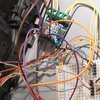
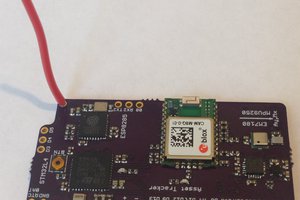
 Kris Winer
Kris Winer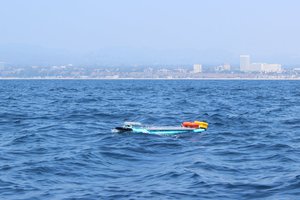
 Rusty Jehangir
Rusty Jehangir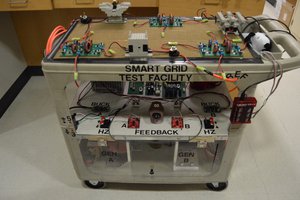

 Josh Starnes
Josh Starnes
Going to make one myself, if someone is interested